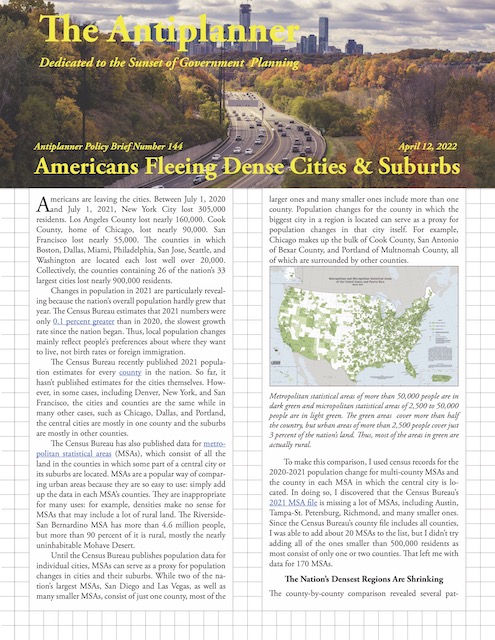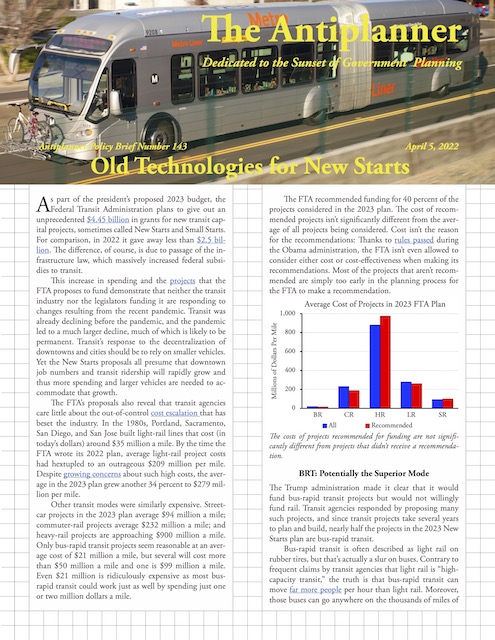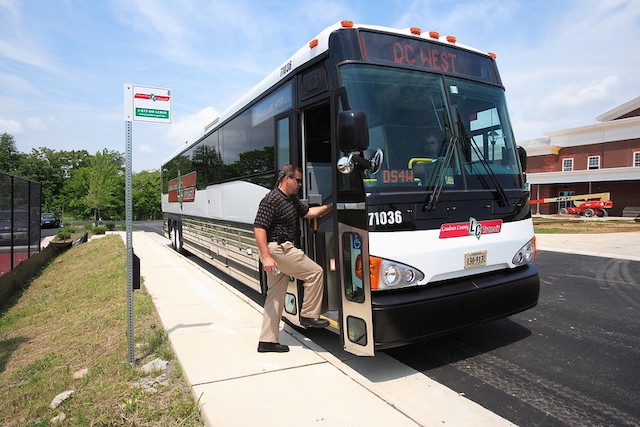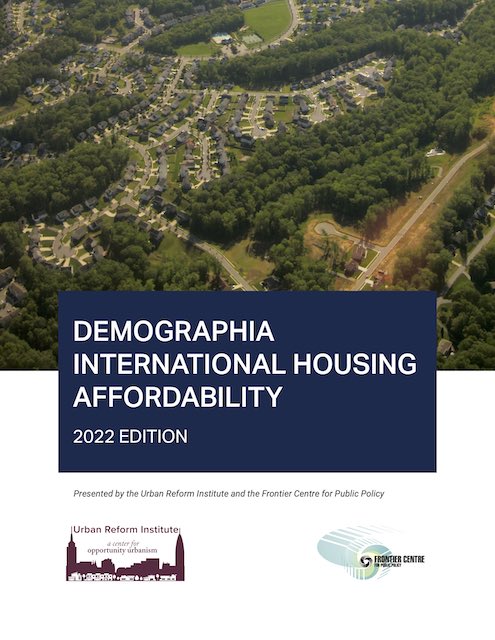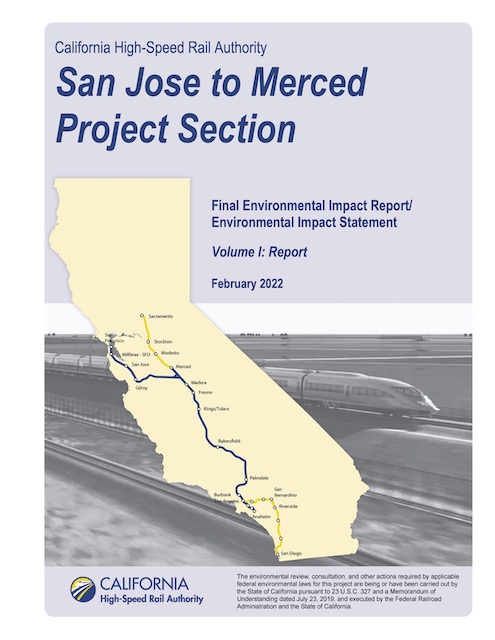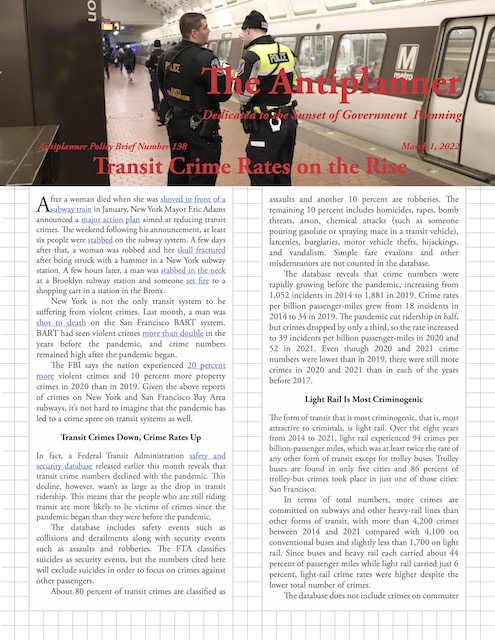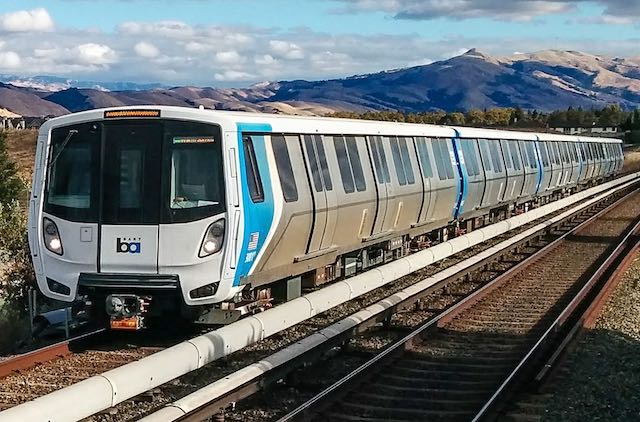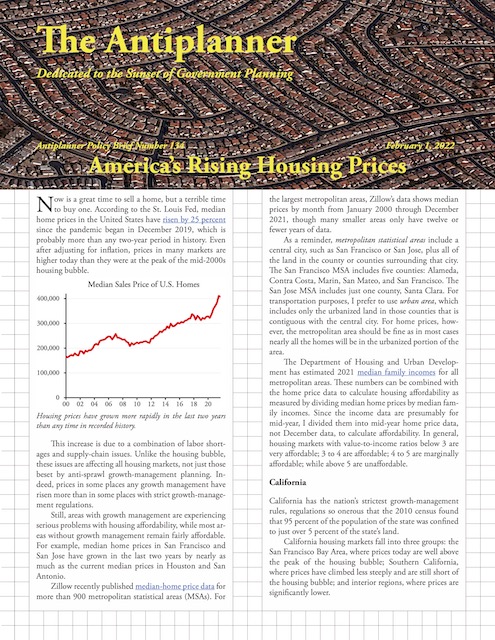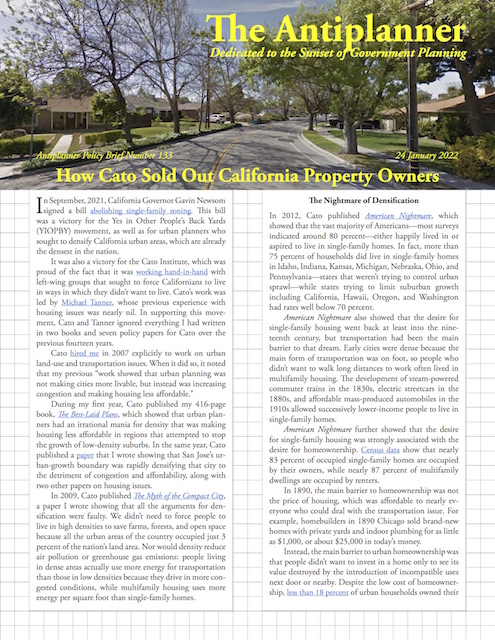The war in Ukraine has forced people of the “West”—a term that has come to mean most of Europe, the United States, Canada, Japan, South Korea, Taiwan, Australia, and New Zealand—to confront a social system that we have pretended went extinct hundreds of years ago: feudalism. While feudalism has mostly disappeared from the above-named nations, it is thriving in Putin’s Russia, as well as many other places around the world.
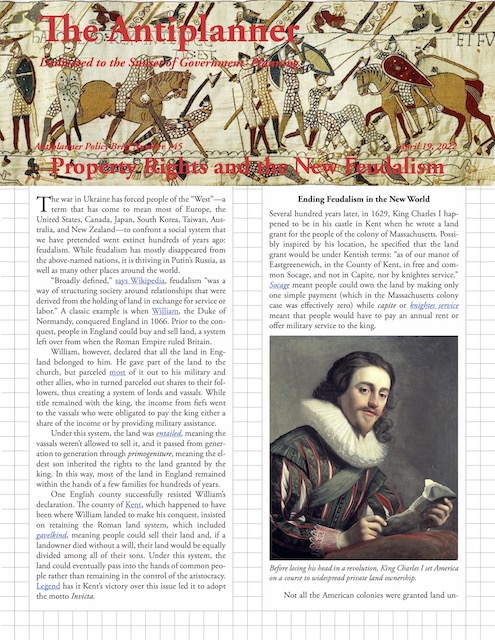 Click image to download a four-page PDF of this policy brief.
Click image to download a four-page PDF of this policy brief.
“Broadly defined,” says Wikipedia, feudalism “was a way of structuring society around relationships that were derived from the holding of land in exchange for service or labor.” A classic example is when William, the Duke of Normandy, conquered England in 1066. Prior to the conquest, people in England could buy and sell land, a system left over from when the Roman Empire ruled Britain.

